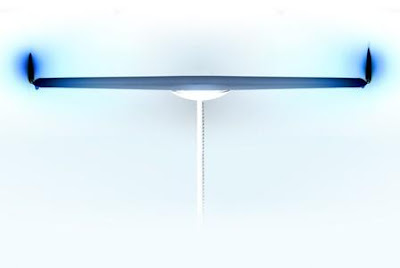Once upon a time in the 19th century, a 17 year-old Hungarian immigrant by the name of Ehrich Weiss was still undecided whether magic will take him places.Ehrich then chanced upon the memoirs of French magician Jean-Eugene Robert-Houdin and his decision was made. Inspired, the teenager borrowed 'Houdin' for his stage name and added an 'i' to it.
Among magicians, Houdini (24th March 1874 - 31st October 1926) is still considered to be among the best that ever lived. Death and the Magician tells an extraordinary tale of an exceptional talent and also of a life shrouded in strangeness and mystery. Houdini's relationship with his mother played a major part in his life. It is said that as a child Houdini never cried and if he ever was troubled, his mother's heartbeat soothed him.Over the years, the fear of losing his mother only grew in him.
The methods behind many of the legendary magic tricks are revealed here, yet the amazement persists. From the substitution trick, the water can trick to the classic handcuff release, Houdini was relentless in his pursuit for speed, deception and perfection. A curiousity-driven visit to a lunatic asylum led him to view the use of the straitjacket on the inmates. Houdini bought an old one and put it on. He then struggled for seven days with it (His wife Bess was convinced that he had gone mad), before - bruised and bloody, he finally succeeded in setting himself free. Such was Houdini.
Beyond death
As intriguing as the magic was Houdini himself. The news of his 72 year-old mother's death (Houdini was 39 then, a traveling magician) crushed him. His wife was witness to him waking up from sleep and calling out his mother's name in vain expectation that she would return. He visited her grave frequently, bending down, begging her to tell him what her last words were.
Houdini's interest then veered to seeking answers beyond death.Desperately wanting to reach out to his dead mother, he started attending seances and interacting with mediums, things he had once thought to be fake. This is where the biography gets even more intriguing, and at the end of it we are left wondering as much as Bess, as she writes to Houdini's friend Sir Arthur Conan Doyle on a letter dated December 16, 1926: "He buried no secrets. Every conjurer knows how his tricks were done - with the exception of just where or how the various traps or mechanisms were hidden.
" It was Houdini himself that was the secret."
(Article by Snehith Kumbla)


















